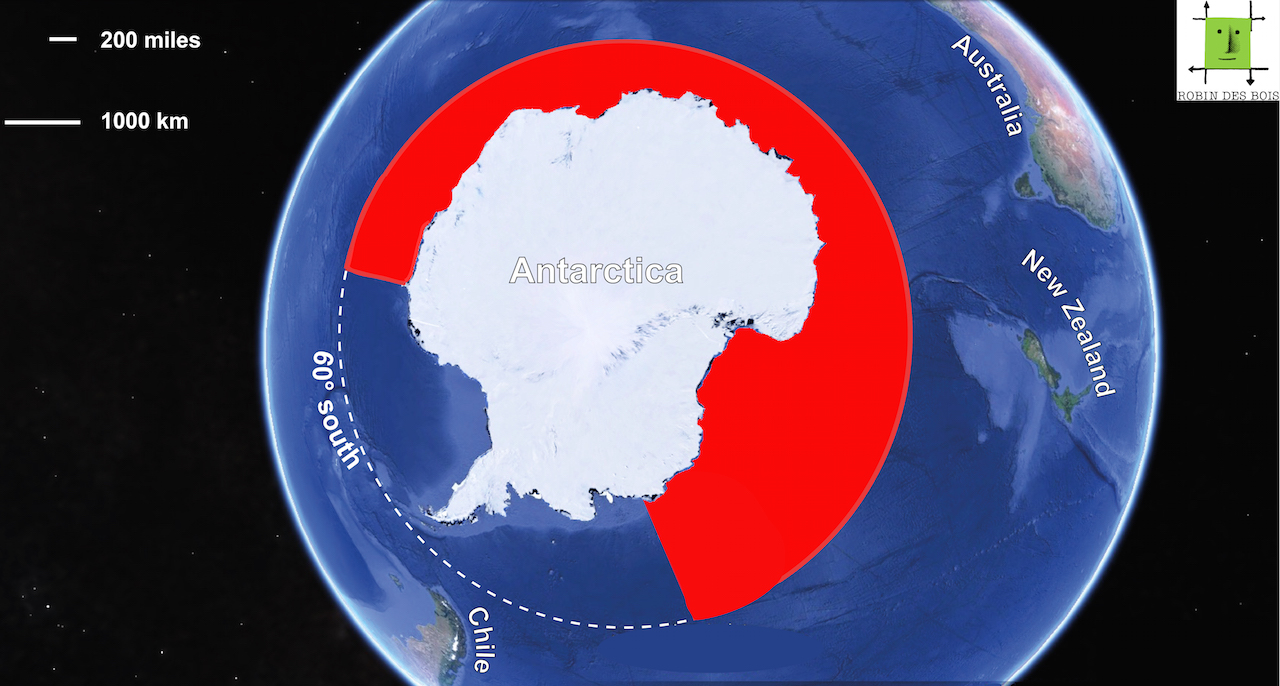Unfortunately the truce is over. The Japanese matadors wearing again their glaucous muletas and fitted with their scientific spears are going for the whales from December 2015 to March 2016, the austral summer. The hunting permit granted by the Minister of Fisheries, Hiroshi Moriyama, authorizes explosive harpoons and if necessary cold harpoons and rifles. Depending on sea conditions, visibility, shooting distance and the first affected organs, the 3 ammunitions are useful and are compatible. One explosive harpoon shot is made. Residues of penthrite (PETN) and overpressure of the explosive within the whale make inedible 300 to 500 kg of meat. To cover up this unacceptable food waste, cold harpoon is used if necessary for the following attack. It causes internal bleeding that reduces the target’s resistance. If necessary, bursts of large caliber bullets riddle the eyes, brain, spinal cord. The apparent death usually occurs between 4 and 20 minutes after. Exceptionally, death throes lasts 1 hour. Concerning brain death, it is more difficult to determine on a complex and developed animal like a whale. The total relaxation of the lower jaw is a reliable indication of death. As a precaution, it is likely but not confirmed in the short description of the hunting permit that an electrical discharge completes the work once the whale is hauled on to the factory ship. They must be sure not to carve up a live whale. It could be dangerous.
Japanese whaling’s area for 2015-2016. Map Robin des Bois
The whale hunt in Antarctica was suspended after the judgment of the International Court of Justice delivered on 31 March 2014. The Court found that the Japanese scientific program goals could be achieved by other means than the capture and killing of whales and confirmed that the sale of the meat help to finance the expedition to the South Pole. Under restraint during a year the Japanese whaling army went back to war. It targets 333 common Minke whales (Balaenoptera acutorostrata) also called northern Minke whale. Maximum length 10 m, average 7-8 m. Weight: 8 to 13 t. Gestation 10 months. Breast-feeding 5-6 months. At birth, the calf is 2.5 m and weighs 300 kg. The hunting season includes the nursing period and it is not uncommon for a mother and her calf being killed in the same strike. A hunting license does not prohibit the capture of female whales with calves.
New Zealand, Australia, South Africa, United States of America and each member state of the European Union have raised a strong diplomatic protest against the Japanese stance.
By all means, Japan is trying to promote whale meat. Among the latest finds of marketing, a club of 28 exclusive restaurants offering foreign tourists a variety of dishes of unfrozen meat and a professor emeritus claims that eating whale meat prevents Alzheimer’s disease.
 Imprimer cet article
Imprimer cet article









